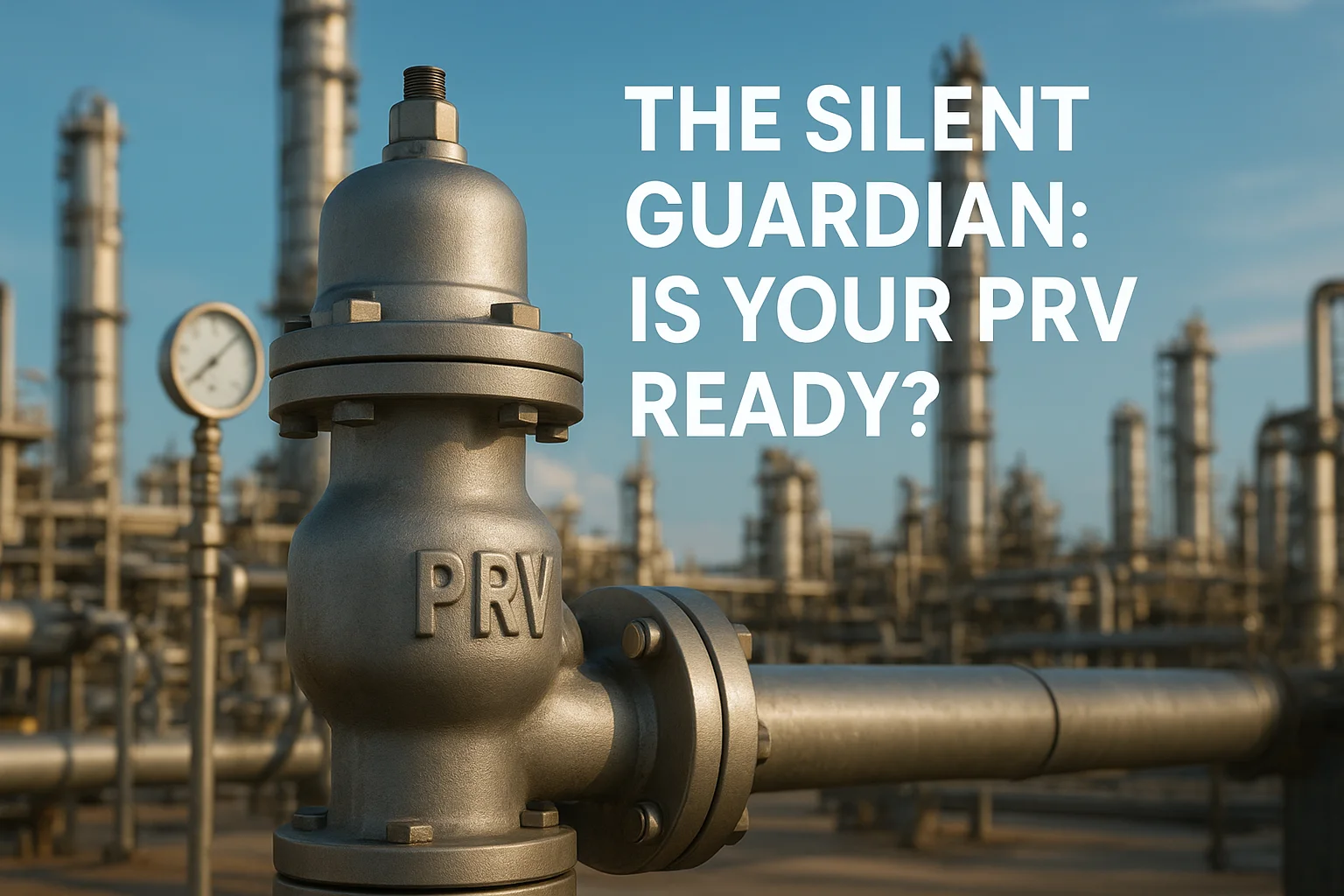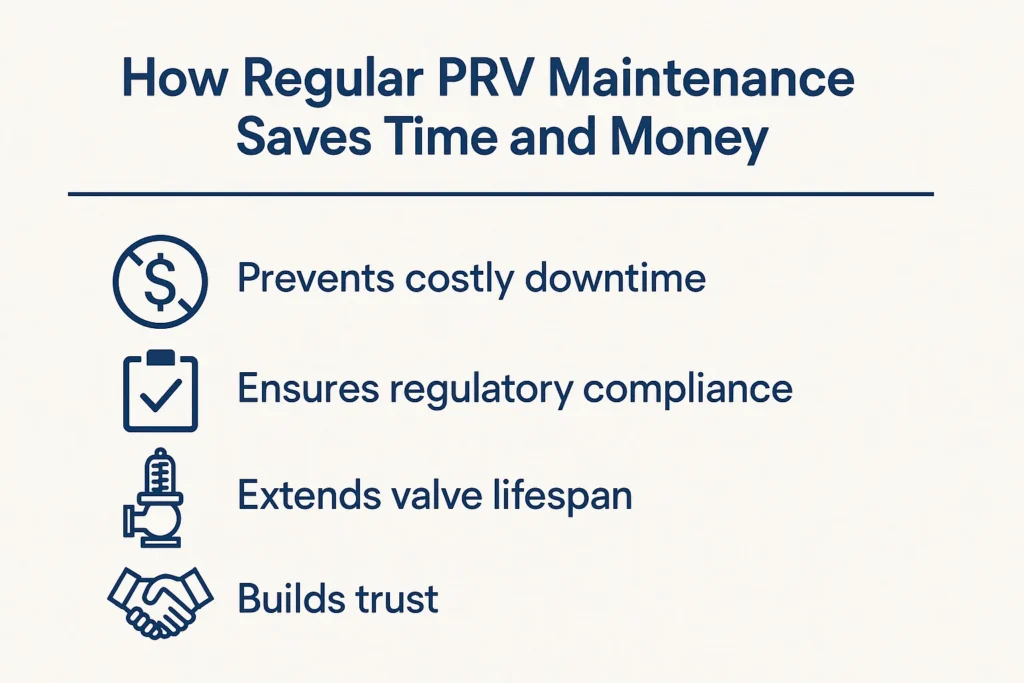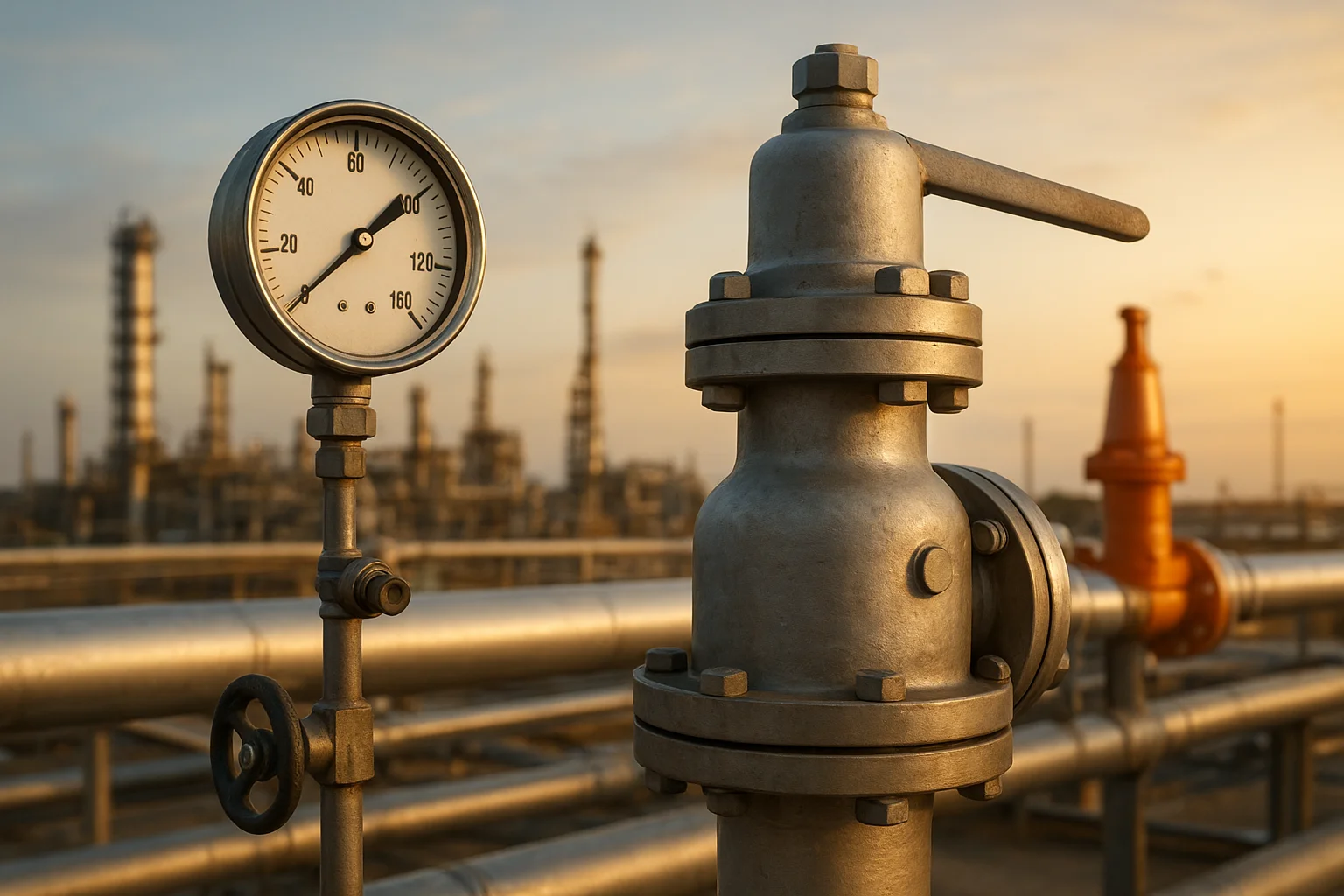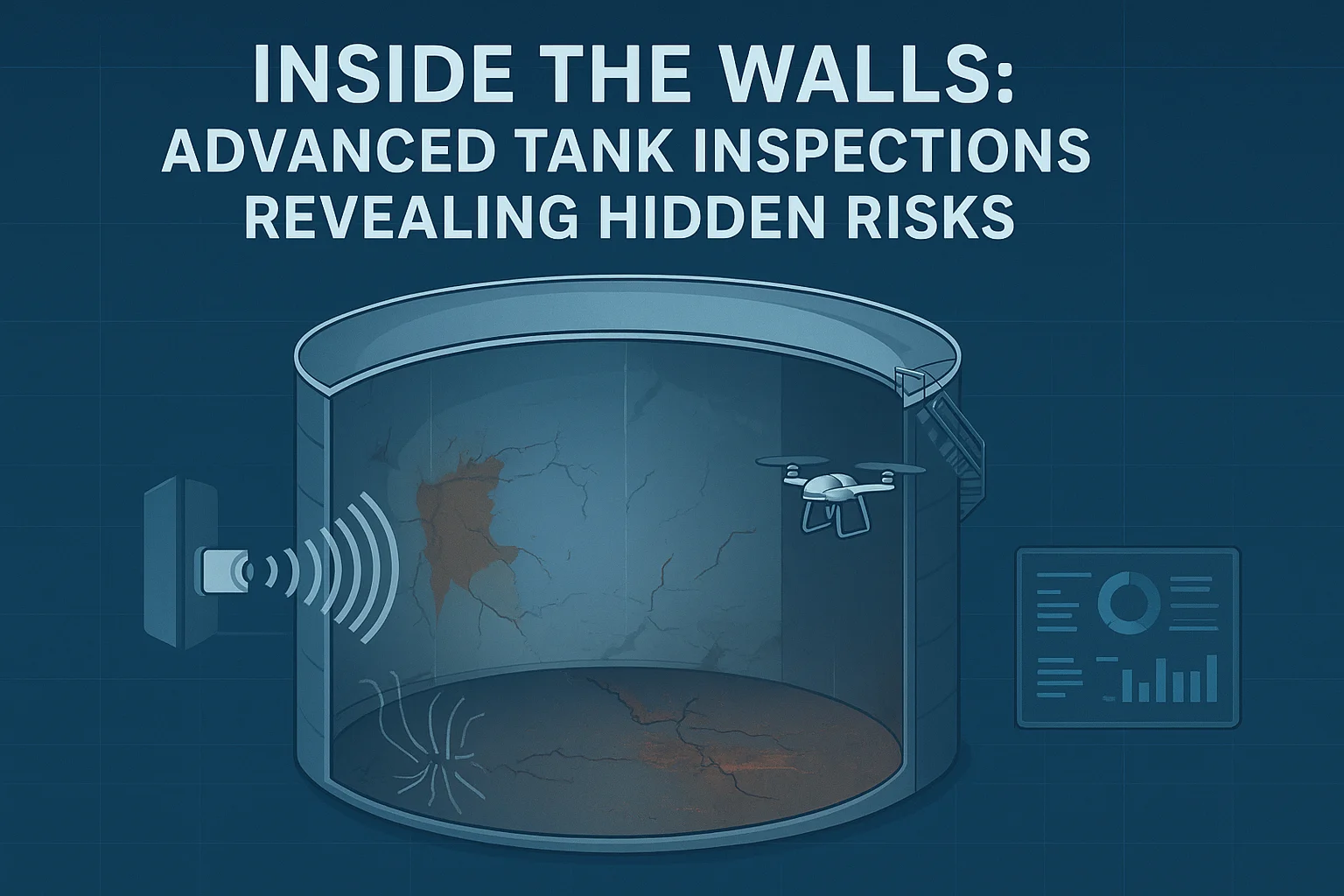Inspections Track Software For Oil and Gas Inspection Industry

When it comes to safety in the oil and gas industry, few components are as crucial—and as quietly dependable—as the Pressure Relief Valve (PRV). Often overlooked until a crisis strikes, PRVs act as silent guardians, protecting assets, personnel, and operations from dangerous overpressure conditions.
But here’s the question: Is your PRV truly ready to do its job when it matters most?
In this post, we’ll explore what makes PRVs so essential PRV inspection and maintenance, how you can ensure they’re maintained effectively, and how Inspections Track Software helps streamline the entire process for maximum reliability.
A Pressure Relief Valve automatically releases pressure from a system once it exceeds a preset limit. This prevents catastrophic equipment failures or explosions caused by overpressure conditions.
In the oil and gas industry, PRVs are installed in pipelines, vessels, and storage tanks—basically anywhere pressure needs to be controlled. They act as the last line of defense against potential system failures.
Even the most durable valves degrade over time. Environmental factors, corrosion, or poor calibration can reduce performance. Let’s look at a few common issues:
| Issue | Impact on Performance | Recommended Action |
|---|---|---|
| Corrosion or wear | Reduces sealing efficiency | Regular inspection and replacement |
| Incorrect set pressure | Causes premature release or failure | Accurate calibration |
| Blockages or contamination | Restricts flow and pressure relief | Routine cleaning and testing |
| Lack of documentation | Hinders compliance verification | Digital record-keeping with software |
These problems are easy to overlook, especially when inspection data is scattered or manually managed. That’s where digital inspection tools step in.
Proactive PRV maintenance doesn’t just enhance safety—it also saves operational costs.
Here are a few key benefits of regular PRV inspection and calibration:

By combining maintenance best practices with modern technology, oil and gas companies can eliminate guesswork and reduce risk significantly.
Manual inspection processes often result in data errors, lost reports, and missed deadlines. In contrast, digital inspection platforms like Inspections Track offer a smarter, faster, and more compliant solution.
With Inspections Track, you can:
This kind of data-driven approach ensures that your PRVs are not only functional but also fully optimized for reliability and compliance.
Inspections Track is built specifically for the oil and gas inspection industry, offering modules designed to simplify even the most complex inspection workflows.

With its user-friendly interface and cloud-based flexibility, teams can collaborate seamlessly—whether in the field or at headquarters.
Here’s a quick readiness checklist you can use to evaluate your PRVs:
If you answered “no” to any of the above, it’s time to digitize your PRV inspection process.
Read more : pressure gauge calibration checklist
Your PRVs might not make noise, but their reliability speaks volumes about your commitment to safety. A well-maintained PRV can mean the difference between smooth operations and a major incident.
With Inspections Track, you gain peace of mind knowing every inspection, test, and calibration is tracked, documented, and optimized for performance.
Don’t wait for a failure to test your safety systems—empower your team today with digital inspection intelligence.
Inspections Track Software digitally manages inspections for the oil and gas industry. From PRV inspection and maintenance and pressure gauge verification to NDT and preventive maintenance, it provides real-time insights, automated reporting, and full compliance management.
💻 Visit Inspections Track to explore how you can streamline your inspection workflows and ensure every “silent guardian” in your operation is always ready.
Read more : scheduled maintenance vs condition based monitoring
Most standards recommend PRV inspection and maintenance every 6–12 months, depending on usage, environment, and manufacturer guidelines.
Yes. Inspections Track supports integration with common asset and maintenance systems for unified data management.
Absolutely. Digital systems minimize human error, enhance traceability, and ensure all compliance data is audit-ready.
A failed PRV can lead to severe equipment damage, operational downtime, or safety incidents—making proactive maintenance essential.

Safety in the oil and gas industry depends heavily on reliable equipment, and Pressure Relief Valves (PRVs) are one of the most important safeguards. When PRV inspections are carried out properly, facilities can prevent costly…

Storage tanks are the silent workhorses of the oil and gas industry. They operate around the clock, holding vast quantities of crude, refined products, and chemicals. Yet, many risks stay hidden—literally inside the tank walls….
SkySoft Connections provides quality IT services around the globe. Our services begin with experience and end with dedication, ensuring innovation and reliability
© Copyrights, 2024 All Rights Reserved Skysoftconnections
Contact us
Get notified about new articles
Comment (1)
Overcoming Barriers in Lifting Gear Retirement - inspectiontrack
Oct 31, 2025[…] read more : prv inspection and maintenance […]
Comments are closed.